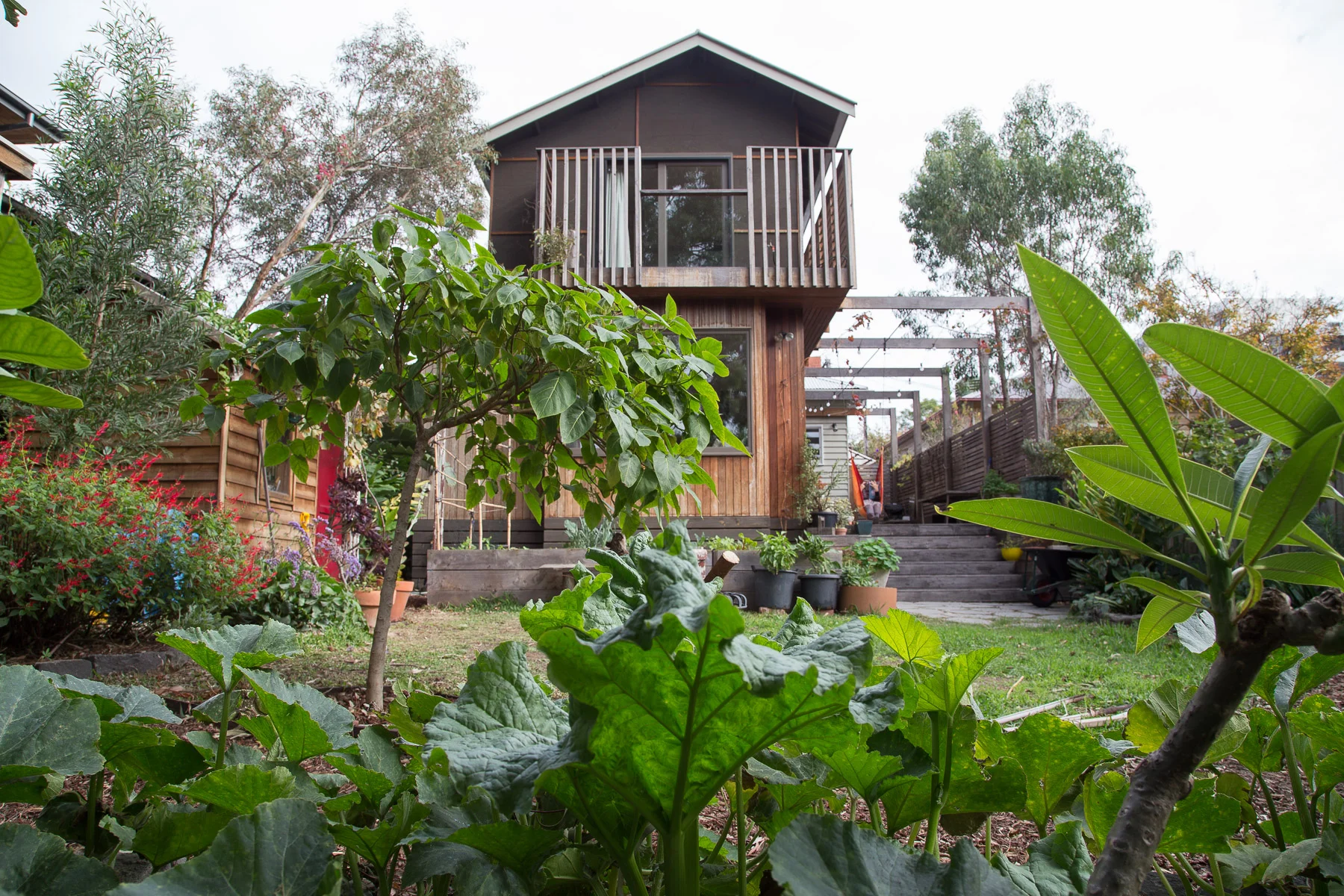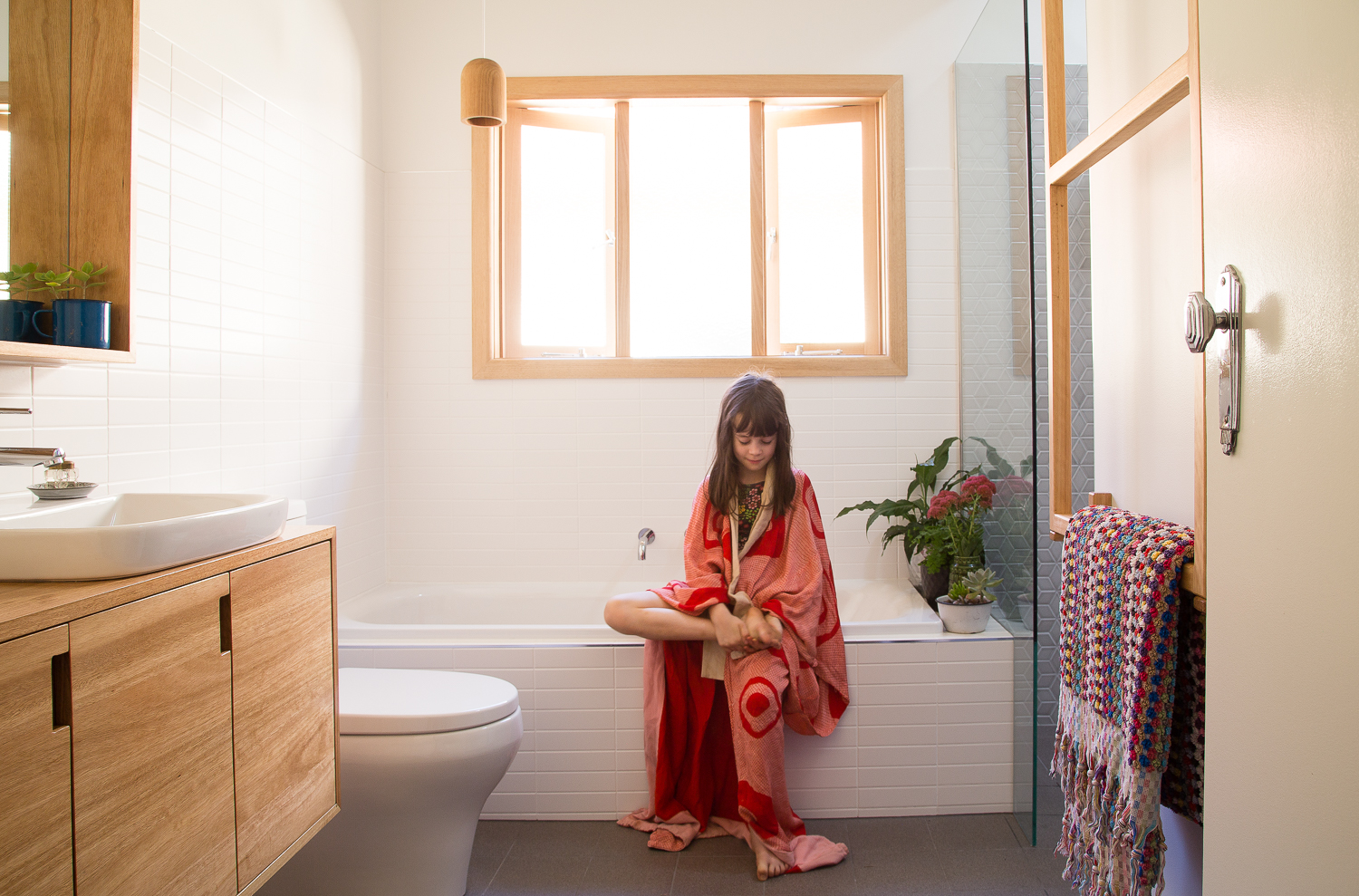This was a fun project for a creative family - taking an already renovated home and adding the finishing touches whilst resolving a few things that weren't working. We created a new section of kitchen floor-to-ceiling cabinets - replacing previous cabinets that were too deep to be functional and very heavy in the space, and integrating it into the existing fit out (we found a new home for the original ones too). A beautiful nectre wood-burner was installed for the living room so that the central heating did not need to be used so much.
The house has been completely transformed through a complete lighting re-design. By adding carefully placed wall lights around the extensive art collection and fitting task spot lighting in the kitchen we made the whole house come alive at night and zoned each area's lighting needs. Vintage pendants and a new handmade pendant by Pop and Scott were placed in each of the three living/dining spaces. Existing pendants were also rearranged.
New double glass doors were installed at the end of a dark hallway to open up the space, and the hallway painted a deep mandarin colour for warmth and a little punch of happiness every time you pass down it. We added beautiful new tiles, and rearranged the furniture, restored and recovered couches with durable eco wool fabric and had a recycled timber coffee table made to create a focal point in the room, and had custom rugs made for the hallways and living. This was a very happy project, with plenty of input from parents and kids - lots of playing with tiles, fabric and paint samples over cups of tea, and taking all the potential of an already lovely home and pulling it all together.
Here is what our happy clients said: "Megan's approach was incredibly sensible, thoughtful, creative and tuned in to the everyday bustle of a family home."
All photographs by Emma Byrnes.


























































